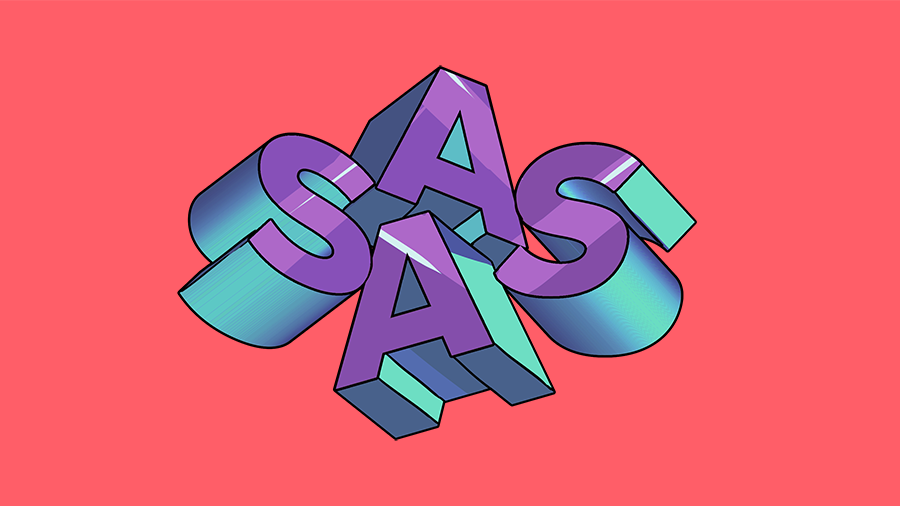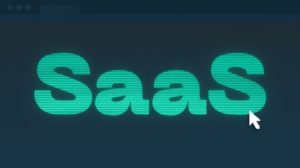While large venture funding rounds often grab the headlines, more tools continue to spring up to offer founders alternatives to what can be costly dilutive equity rounds.
Subscribe to the Crunchbase Daily
While venture debt, shared earning agreements (SEALs), simple agreement for future equity (SAFEs), and revenue-based financing all have proliferated in popularity to some degree or another, some companies now entering the market are looking at SaaS numbers and recurring revenue as a way to help startups with cash flow.
“You are just seeing more companies look for more ways of funding now,” said Miguel Fernandez, co founder and CEO of Cambridge, Massachusetts-based Capchase. “These companies have assets in their deferred revenue.”
ARR as a lump sum
Capchase is one of a handful of platforms looking to lend based on a company’s monthly, quarterly or annual recurring revenue. Others include Austin, Texas-based Founderpath and Los Angeles-based Pipe.
The financial proposition is simple. SaaS companies have exploded over the last decade or so — with nearly 2,400 being founded in the U.S. alone in the last five years, according to Crunchbase data. While SaaS has grown, its subscription-based business models can lead to cash flow issues for new and smaller entries to the market. That issue leads many to look at funding or venture debt.
But what if those companies could receive their ARR number — or some part of it — in one lump sum with no dilution?
“I think people are looking at different ways to get capital without diluting themselves,” said Nathan Latka, founder of Founderpath. “And right now capital is cheap and it will only keep getting cheaper.”
Fernandez got the idea for Capchase by reimagining the discount SaaS companies often give customers to get an entire contract’s value upfront. That discount can be anywhere between 15 percent and 30 percent, while Capchase’s discount is typically 5 percent to 11 percent, fluctuating based on risk.
If approved, Capchase will loan the company their ARR minus the discount, meaning the company can pay off the loan in 12 months with its monthly recurring revenue. An example would be a company with $10,000 in monthly recurring revenue. Capchase may pay out $108,000 for the total $120,000 ARR in return, which would cover the discount, Fernandez said.
The amount a company can borrow also can go up, as its recurring revenue increases, he added.
That ability to upsize the loan and the fact that a company can get its money in as little as two days are prime benefits of Capchase compared to many other forms of funding, such as venture debt, Fernandez said. In addition, to be able to raise venture debt — which often comes with covenant coverage and warrant — a company needs to have raised some equity funding to back it.
While Capchase often lends to SaaS companies, Fernandez said it actually can support any tech-enabled company with recurring revenue.
Capchase recently closed $60 million in funding led by specialty finance firm i80 Group, which itself loans money to private companies, typically those in proptech, including Divvy, with which homes can be used as collateral.
The new funding will be used to originate more loans, Fernandez said. While the company does not release financial details, he said its base is growing and not just in Silicon Valley.
“We have customers in almost every state,” he said. “It is very distributed. The majority of our customers are outside California.”
Rethinking the market
Latka often tells the story of being in college and founding his first SaaS company — marketing firm Heyo. While excited after receiving his first venture funding of $2 million, Latka eventually found his ownership stake had dwindled to 38 percent.
“I was 21 years old,” he laughs. “I had no idea what I was doing.”
Founders are undoubtedly getting more sophisticated as they look to fund their companies, he said. Founderpath — which lets founders borrow based on their monthly recurring revenue and a SaaS credit score — has had 1,500 founders connect to its platform and hundreds have taken payouts, he added.
Even in starting Founderpath, Latka has practiced what he preached, taking just $1 million of equity while adding $2 million of debt.
Innovative ways to finance startups such as this may just be beginning as more information is ingested about SaaS companies and the SaaS economy in general. Hesitation to lend to SaaS companies from larger banks that handle venture debt is due to a difficulty in figuring out how to assess risk and score them due to a lack of data around the space.
“Historically, the market has looked at tech as riskier, but COVID is changing that,” said Marc Helwani, founder and chief information officer of i80 Group. “In fact, it is less risky because the world has been flipped on its head.”
Mark Buffington, co-founder and managing partner of BIP Capital, said he is not surprised to see newer ways to fund startups. Companies are staying private longer — in some cases what seems like forever — and institutions and companies looking to finance have to adapt to getting into the private markets.
“You have to play in the private markets,” he said. “There are great examples of the innovation we are seeing.”
Illustration: Li-Anne Dias

Stay up to date with recent funding rounds, acquisitions, and more with the Crunchbase Daily.


![Illustration of stopwatch - AI [Dom Guzman]](https://news.crunchbase.com/wp-content/uploads/Halftime-AI-1-470x352.jpg)








67.1K Followers